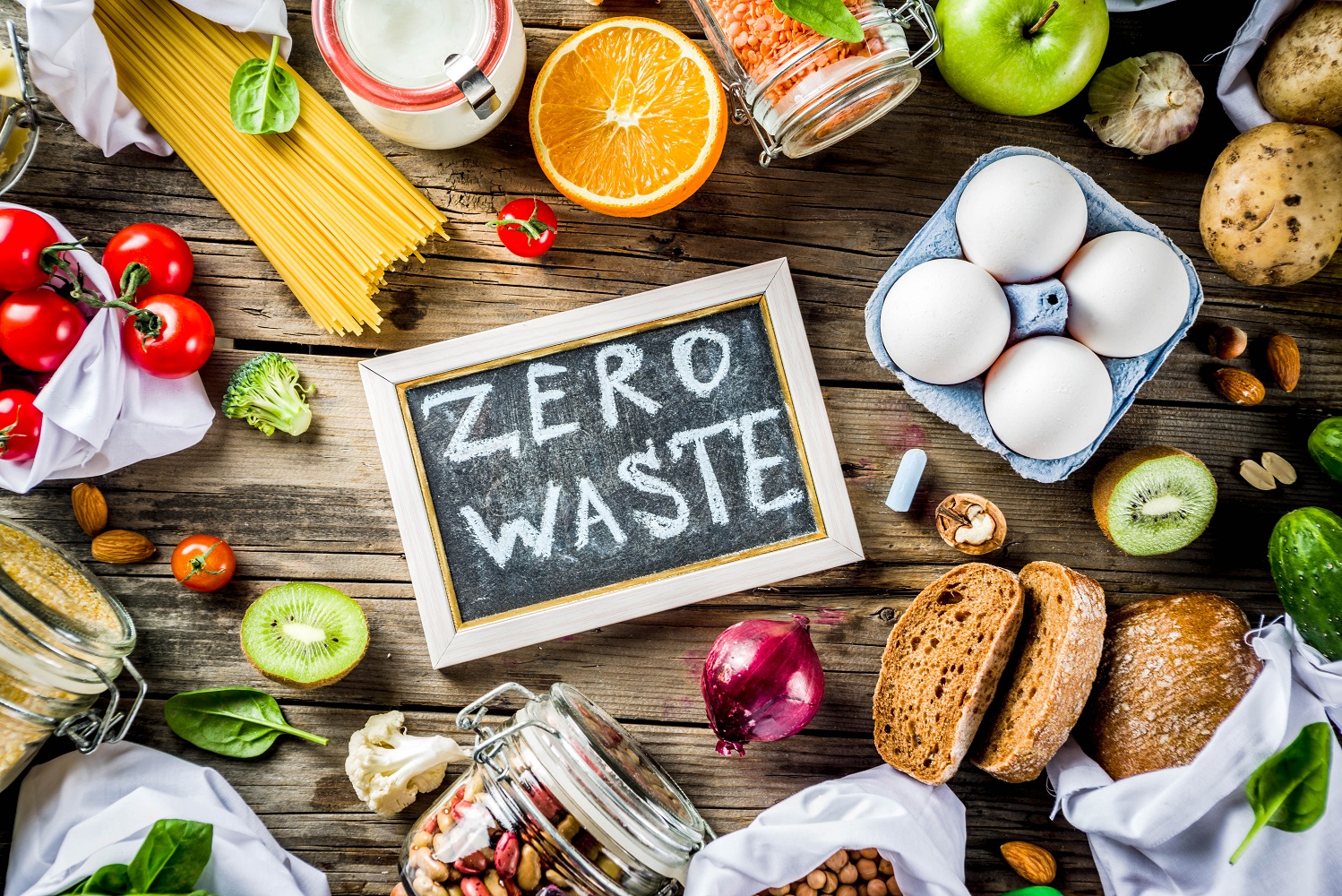Food waste is a significant issue in India, with profound implications for the economy, environment, and food security. Here are some key statistics and insights about food waste in India:
1.Magnitude of Food Waste:
According to the Food and Agriculture Organization (FAO), around 40% of food produced in India is wasted before it reaches consumers. This includes food lost during harvesting, processing, storage, and transport.
– India loses approximately $14 billion worth of food every year due to inadequate infrastructure and logistical challenges in the food supply chain.
2. Types of Food Wasted:
Fruits and vegetables constitute around 50% of the total food wastein India. These perishables are particularly susceptible to spoilage.
– Grains, pulses, and other staples also contribute significantly to food waste, especially in rural areas where traditional methods of storage may be inadequate.
3. Environmental Impact:
Food waste contributes to greenhouse gas emissions. Decomposing food in landfills produces methane, a potent greenhouse gas that contributes to climate change.
– It is estimated that approximately 22 million tons of food waste are discarded annually, leading to substantial environmental degradation.
4. Economic Implications:
The estimated loss due to food waste is about $13 billioneach year, affecting farmers, businesses, and the overall economy.
– The wasted food could have fed millions of people, highlighting a significant mismatch between food production and food accessibility.
5. Food Security:
With a rising population (projected to surpass 1.5 billion by 2030), reducing food waste is critical for improving food security.
– Effective strategies to minimize food waste could help address hunger and malnutrition, especially among vulnerable populations.
6. Government and Initiatives:
The Indian government and various non-governmental organizations (NGOs) are working on multiple initiatives to reduce food waste, including awareness campaigns, improved logistics, and better supply chain management.

